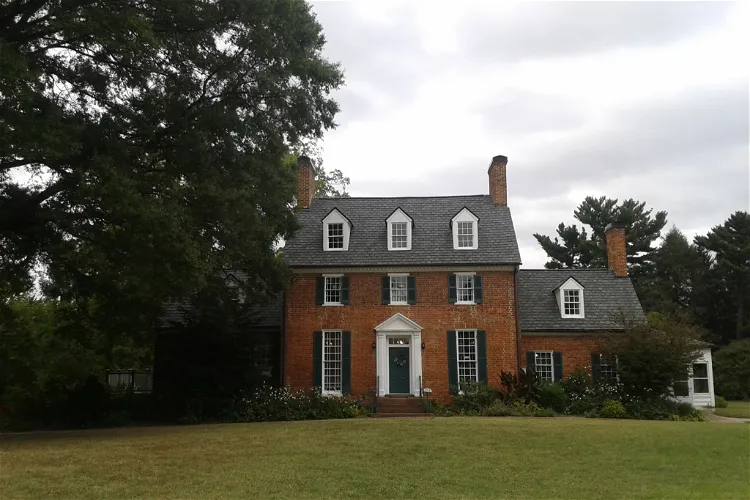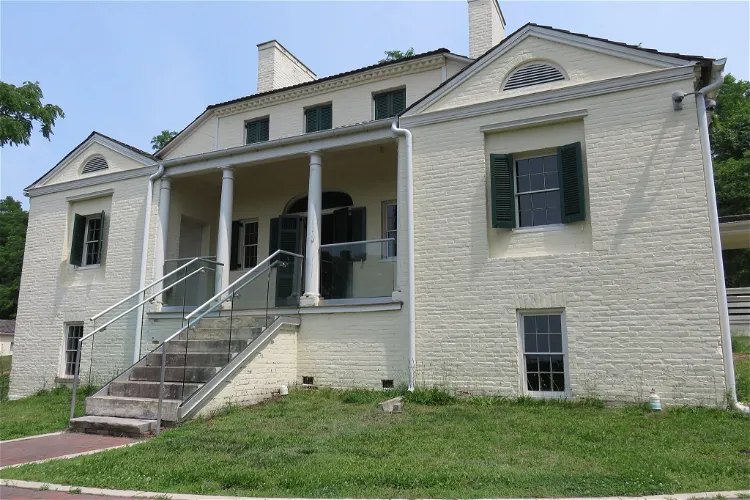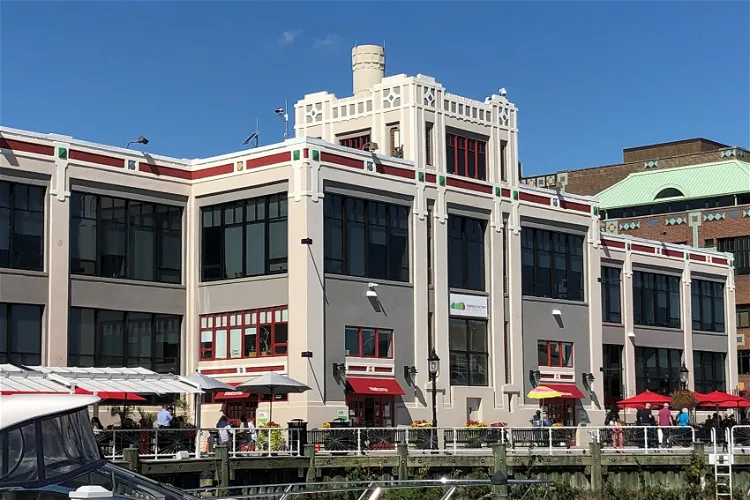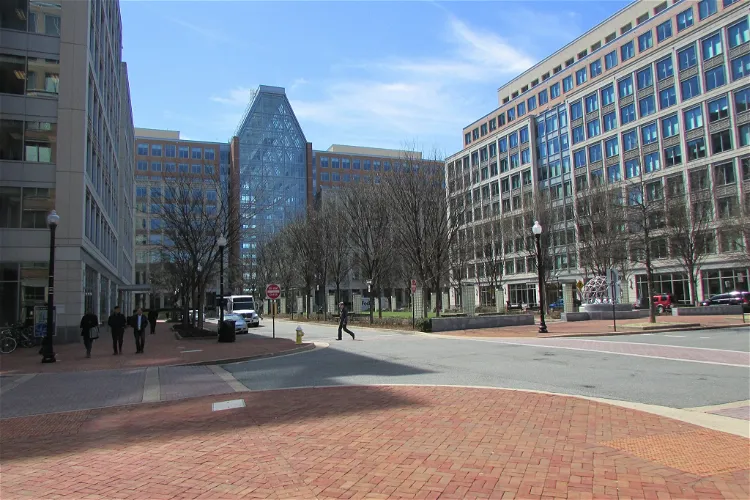Are you looking for free things to do in Alexandria? These are the best places to visit:

Green Spring Gardens
Alexandria, VAGreen Spring Gardens is a public park that includes a historic 18th-century plantation house known as 'Green Spring'. This house is the centerpiece of a national historic district that was listed on the National Register of Historic Places in 2003. The park is a testament to the rich history of the area and offers a unique glimpse into the past.
Historic Huntley
Alexandria, VAHistoric Huntley, also known as Huntley Hall, is a Federal-style villa and farm that dates back to the early 19th century. It is located in the Hybla Valley area of Fairfax County, Virginia. This historic site offers a glimpse into the past, showcasing architecture and design from the Federal period. Visitors can explore the villa and farm, taking in the rich history and beautiful surroundings.
Torpedo Factory Art Center
Alexandria, VAThe Torpedo Factory Art Center, located in Old Town, Alexandria, Virginia, is a unique blend of history and art. This former naval munitions factory was converted into an art center in 1974, offering a unique space for artists and art enthusiasts alike. The center's location on the banks of the Potomac River adds to its charm and appeal.
National Inventors Hall of Fame Museum
Alexandria, VAIn addition to recognizing inventors, the NIHF also operates a museum in Alexandria, Virginia. This museum showcases the work of the inductees and provides insight into their inventions. The NIHF also sponsors educational programs and a collegiate competition, further promoting the spirit of invention and innovation.- 5
Alexandria Black History Museum
Alexandria, VAThe Alexandria Black History Museum is situated at 902 Wythe St., Alexandria, Virginia. It is managed by the City of Alexandria. The museum is a significant site that showcases the rich history and contributions of African Americans. It is housed in a building that was formerly the Robert Robinson Library, which was constructed in 1940 as the first 'separate but equal' library for African Americans in the segregated city.